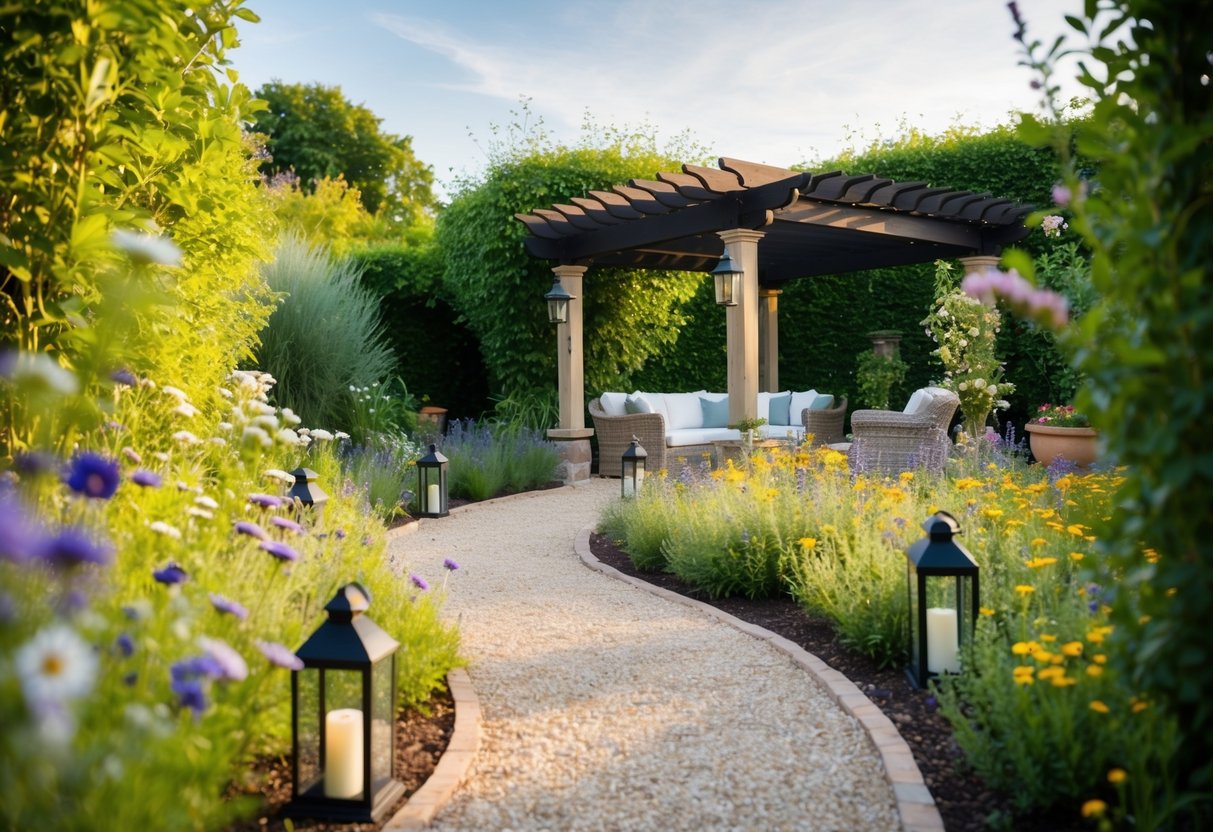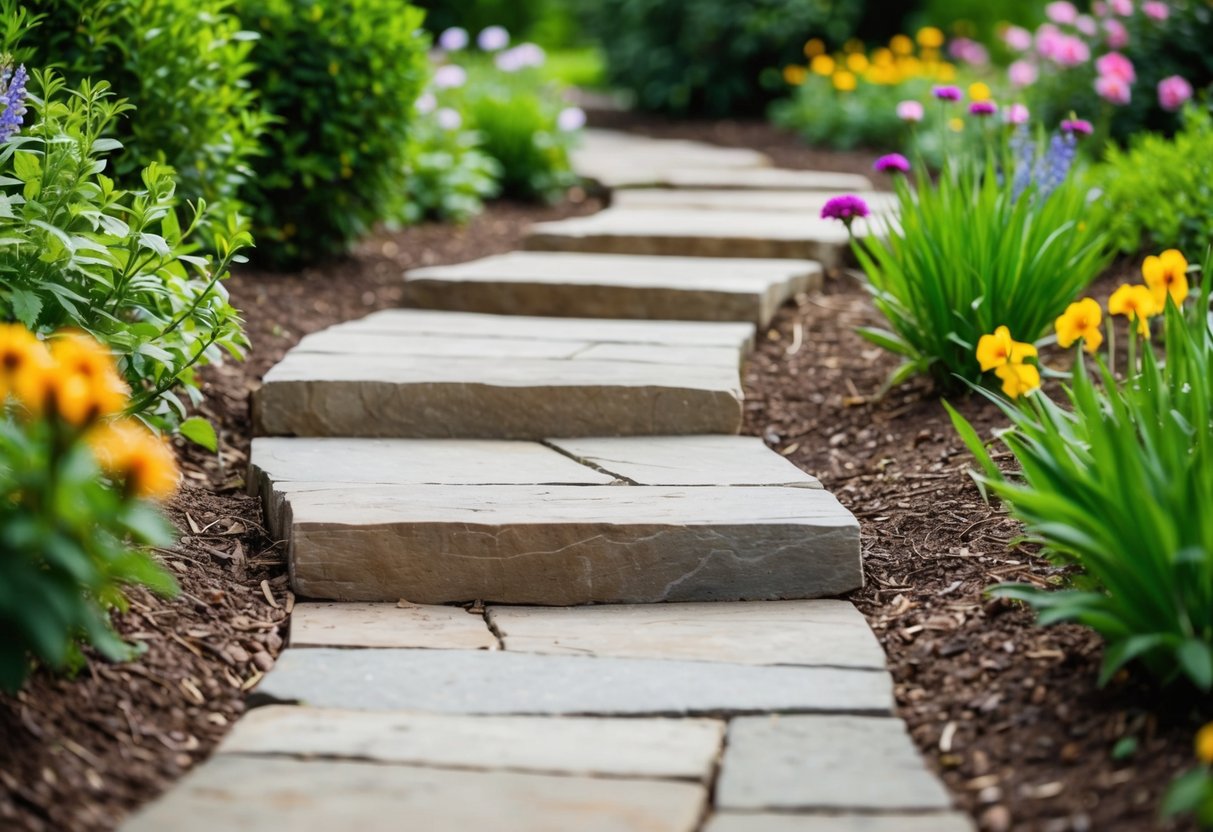
Creating a rustic garden path can transform any backyard into a charming and inviting outdoor space. These pathways not only add character but also guide guests through the garden, highlighting its natural beauty. From using simple gravel or wood chips to more intricate designs with stepping stones, there are various DIY ideas that can fit any style or budget.
Designing a rustic garden path involves selecting materials that blend seamlessly with the natural surroundings, offering both functionality and aesthetic appeal. Incorporating elements like natural stones, reclaimed wood, or even moss can emphasize the rustic theme while providing a personal touch. Elements such as curves and different textures can make the path feel more organic and connected to the landscape.
Pathway ideas that incorporate native plants or weathered features encourage a seamless transition between the garden and the walkway. Each step along a well-crafted path entices exploration and creates a peaceful retreat right in one’s backyard. Enthusiasts at any skill level can take on such projects, given the variety of approaches suitable for different tastes and expertise.
Planning Your Rustic Garden Path
Creating a rustic garden path involves a careful blend of imagination and practicality. It requires assessing available space, choosing appropriate materials, and understanding design principles.
Assessing Your Outdoor Space
Understanding the characteristics of the outdoor area is the first step in planning a garden path. A careful survey of the size, shape, and existing features will help determine the path’s direction and layout. Consider the path’s daily functionality, whether it connects different garden areas or serves as a scenic walkway.
Take note of natural features such as trees, rocks, and slopes, as these will impact decisions related to materials and path design. Identifying the sun and shade areas can also provide insights into where certain materials might perform better. Careful assessment ensures the path integrates into the garden without disrupting the natural flow.
Selecting the Right Materials
Materials play a pivotal role in defining the path’s character and durability. Common choices include stone, gravel, brick, and wood. Each material offers unique textures and aesthetic qualities, shaping the overall rustic feel. Consider the path’s purpose when selecting materials; for example, gravel suits casual paths, while brick or stone lends a more solid appearance to frequently used walkways.
Weather resistance and ease of maintenance are also crucial factors. Some materials may require sealing or other treatments, especially if exposed to the elements. Additionally, consider color choices that harmonize with garden plants and existing landscape features, creating a cohesive and inviting atmosphere.
Design Principles in Landscape Design
Design principles guide the aesthetic and functional aspects of a garden path. The path’s shape and alignment should complement the garden’s overall layout, creating a pleasing flow that enhances visual interest. Curved paths can add a sense of mystery and discovery, while straight paths provide a more formal look.
Balance, proportion, and harmony should be considered to ensure the path does not dominate or disrupt the landscape. Use borders, such as plantings or stones, to define edges and create clear boundaries. Paying attention to details like width and placement will enable the path to blend seamlessly with the surrounding environment, offering both utility and charm.
Choosing the Right Materials

Selecting the appropriate materials for a garden path can enhance both its functionality and aesthetic appeal. Various options, such as natural stones, bricks, and organic materials, each provide unique benefits and challenges.